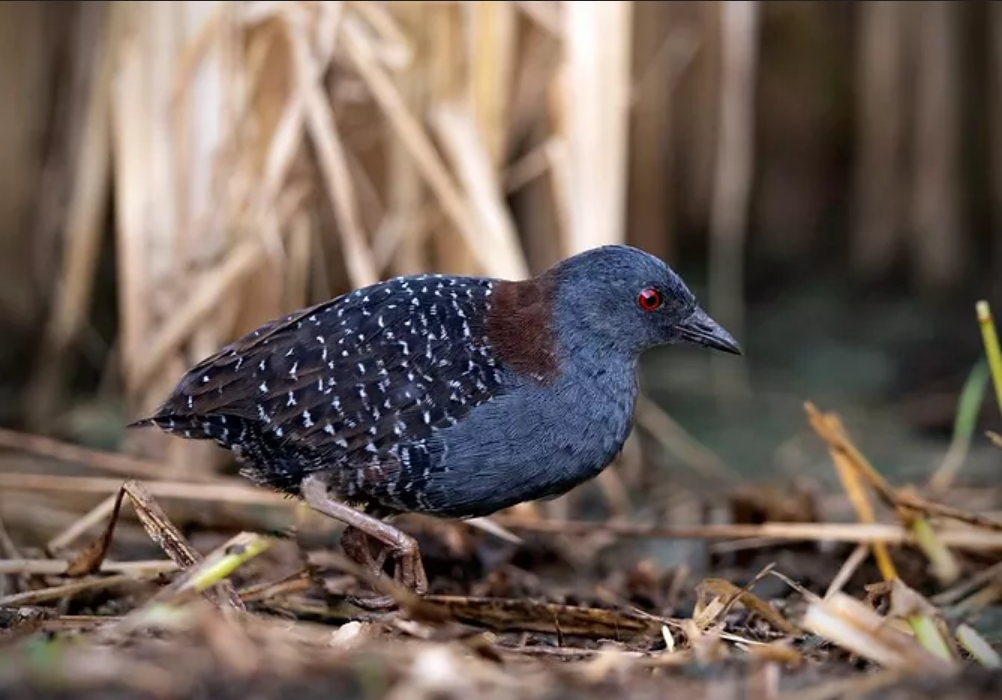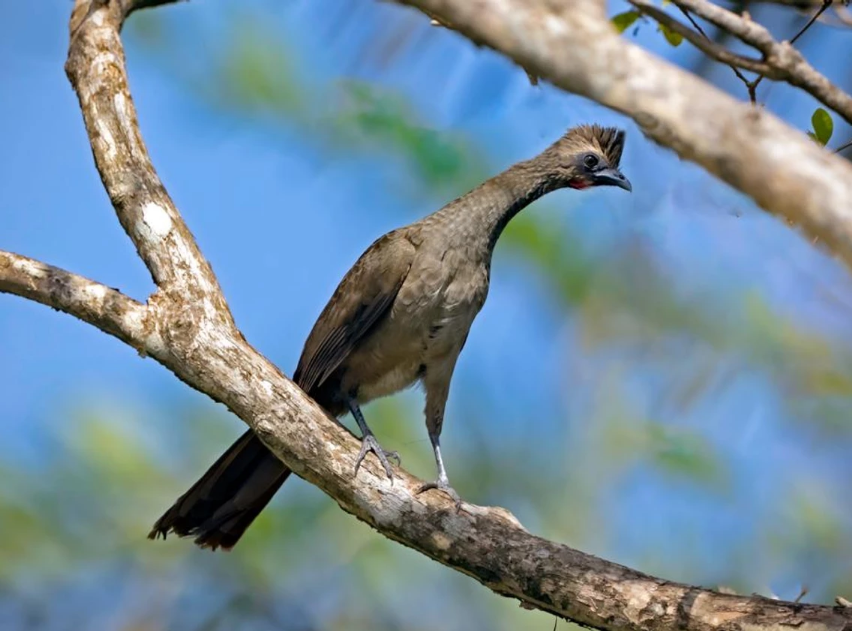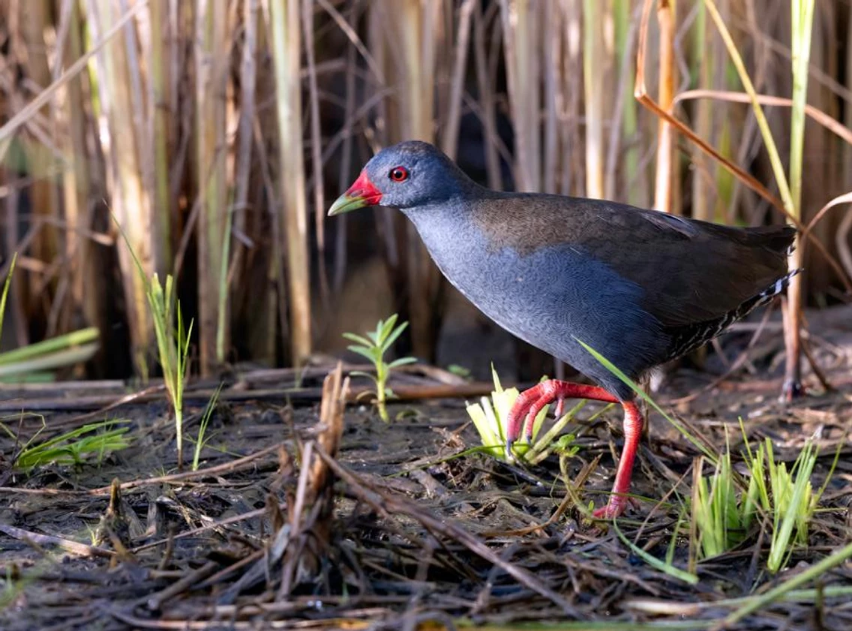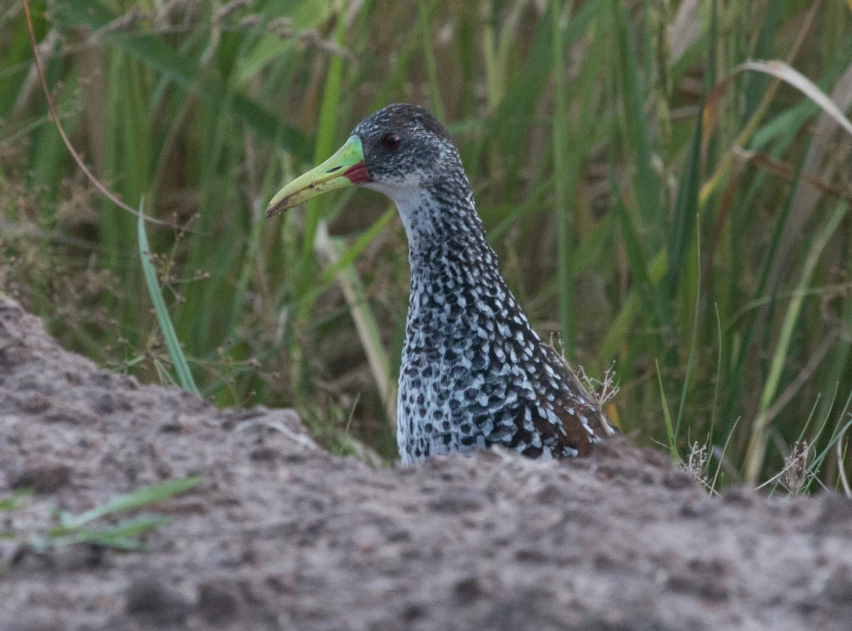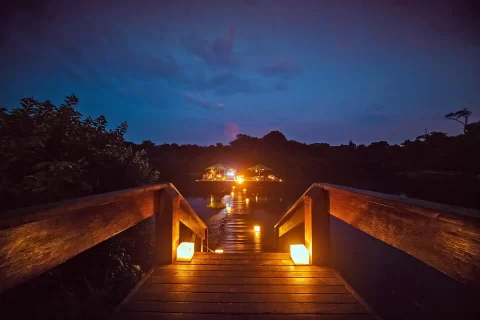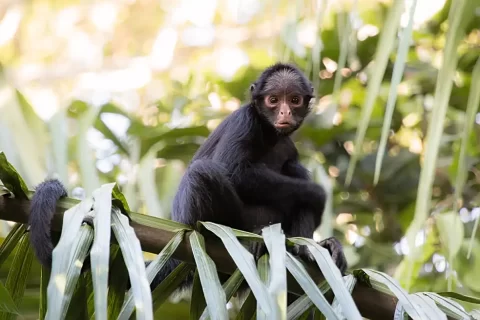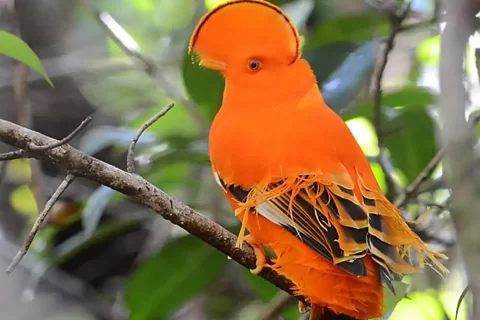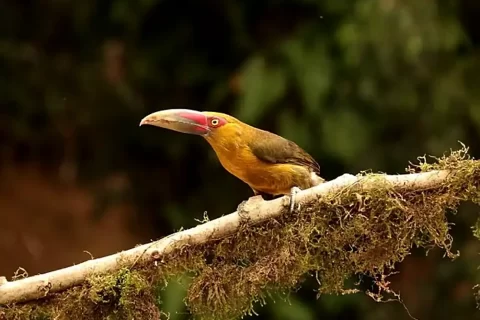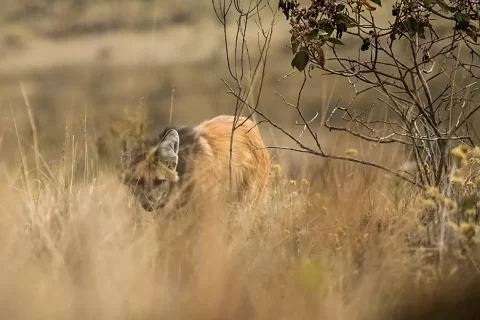Best time of year:
October & November
Duration:
7 days
Difficulty:
Easy. Very hot climate.
Accommodations:
Decent hotels in São Luis and Caxias. Simple but adequate hotel in Miranda do Norte / Arari.
Starts in:
São Luis
Ends in:
Teresina
Tour Overview
The north-eastern state of Maranhão covers an area the nearly the size of Finland, and lies at an avian crossroads between the mouth of the mighty Amazon river to the west, and the arid caatinga scrublands to the east, with areas of cerrado in the south of the state, and extensive babaçu palm forests in the centre of the state. The result is a fascinating mix of habitats, but the state has long been overlooked by visiting birders. Unfortunately, Maranhão is also one of Brazil’s poorest states and a great deal of the best Amazonian forests in the state have been degraded.
Our visits to Maranhão focus on the humid rice growing region of Arari on the east bank of the Mearim river, and the dry forests and cerrado-like habitats around the sun-baked city of Caxias. We also spend a morning birding the coastal mudflat and mangroves around the state capital of São Luis for the stunning Scarlet Ibis and loud Mangrove Rails, and we hop across the border into Piauí state to spend a night at a good locality for the endemic Moustached Woodcreeper. The birding around the city of Caxias in the east part of the state is very productive, with a nice range of endemics and specialties to target including Kaempfer’s Woodpecker, Hooded Gnateater, an undescribed species of Myiornis pygmy-tyrant, Horned Screamer, Bearded Bellbird, Maranhão Hermit, Lesser Crescent-chested Puffbird, White-naped Jay, Coal-crested Finch and Blackish-blue Seedeater.
The highlight of the trip, however, is the spectacle of seeing up to a ten different species of crakes and rails numbering in the dozens (if not the hundreds) in the rice plantations around Arari. During the months of October and November, these plantations are overrun with rails flocking to the area to breed just prior to the beginning of the rice harvest. Amongst the key species here are Spotted Rail, Ash-throated Crake, Paint-billed Crake, Yellow-breasted Crake, Gray-breasted Crake, Rufous-sided Crake, three species of gallinules, and even the diminutive Black Rail. All of our trips to the region are accompanied by our excellent local partner, who typically stakes out the toughest rails and crakes and maintains good relationships with local landowners allowing us to access the best areas. The crake show is fabulous, a true spectacle.
Itinerary
Day 1: Arrival in São Luis.
São Luis is the capital of the northern Brazilian state of Maranhão, and is reached by numerous daily flights from São Paulo, Brasilia, and other hubs. Upon arrival in São Luis you will be picked up by your guide and taken to our comfortable city hotel. Depending on the arrival time, we may do some afternoon birding in an area of coastal mudflats and mangroves (should the tides allow), where we can look for Mangrove Rail, Scarlet Ibis and Tricoloured Heron. Night in São Luis.
Day 2: São Luis and travel to Arari.
This morning we can start with some birding in the mudflats and mangroves around São Luis and São Jose do Ribamar if the tides or timing were not favourable the previous day. It might also be possible to take a boat to visit mangroves in search of the elusive Mangrove Cuckoo, a rare resident here. In any event, we shall endeavour to depart São Luis by mid-morning, possibly stopping just outside the city to look for Rufous Crab Hawk before continuing to Arari. The drive from São Luis to Arari should take a little under three hours, meaning we will arrive in time to visit a couple of sites near the small rice-growing town on the banks of the Mearim river. The Arari area is at a crossroads of bird distribution, with elements of the arid caatinga, brushy cerrado, and even some rare Amazonian birds are found in the patches of remnant habitat around the town. This afternoon we might start with our first foray into the rice fields on the Mearim floodplain – during the months of October and November impressive numbers of crakes and rails can be found in the rice plantations, where they come to breed just before the rice is harvested. The diversity is remarkable – Spotted Rail, Ash-throated Crake, Paint-billed Crake, Yellow-breasted Crake, Gray-breasted Crake, Rufous-sided Crake, and Common, Purple, and Azure Gallinules are amongst the species we expect to find. We may also be fortunate to see Black Rail, which our local partner in the region often has staked out. A strong supporting cast here includes Pinnated, Least and Stripe-backed Bitterns, Crested Doradito, Paraguayan Snipe, White-browed Meadowlark, and thousands of Chestnut-capped Blackbirds. Night in Arari or Miranda do Norte.
Day 3: Arari and surrounding area.
In addition to the crake spectacle, the Arari area holds a number of east Amazonian specialties as part of an interesting assortment of rarities. We’ll bird the remnant forest patches in search of Buff-browed Chachalaca, Jandaya Parakeet, Red-shouldered Macaw, Ochre-backed Woodpecker, Spotted Piculet, Pectoral Antwren, Black-chested Tyrant, Cocoa Thrush and Spectacled Thrush. More widespread species also found in the area include White-tailed Goldenthroat, Cinereous Becard, Stripe-necked Tody-Tyrant and Copper Seedeater. At some point we shall also return to the rice plantations for another session with the crakes and rails, working on species we might have missed the first time around, or simply revelling in the joys of having to boot Spotted Rails and Ash-throated Crakes from the track in front us. Night in Arari or Miranda do Norte.
Day 4: Arari and travel to Caxias.
We can return to the rice fields in the morning to look for rails and crakes again as needed. We depart Arari in the late morning and drive east across the scorching dry countryside of northern Maranhão. We’ll stop for lunch en route, and should arrive in the city of Caxias by mid-afternoon. After checking in to our hotel, we head out once the heat of the afternoon has receded a bit to visit a nearby site where an as-yet undescribed species of pygmy-tyrant belonging to the Myiornis genus is usually fairly easy to find. Night at Hotel Alecrim in Caxias.
Day 5: Caxias and surrounding area.
A full day to explore the Caxias area, where we will be accompanied by our excellent local partner who knows the area extremely well. Dry forest sites near to the town hold an intriguing mix of species like Bearded Bellbird, Maranhão Hermit (a distinctive form of Cinnamon-throated Hermit), Ruby-topaz Hummingbird, Crescent-chested Puffbird (the distinctive minor subspecies, likely an endemic species-level taxon sometimes called Lesser Crescent-chested Puffbird), Ochre-backed Woodpecker, and White-naped Jay. Farther afield we’ll visit sites where forest understorey is denser and populated with stands of slender bamboos. In these areas we’ll search for the fabulous Kaempfer’s Woodpecker, another endemic which was only recently rediscovered at a handful of sites in remote areas of central and north-east Brazil. The supporting cast at these sites includes the endemic Hooded Gnateater, Ash-throated Casiornis, Pectoral Antwren, and Blackish-blue Seedeater. Nights at Hotel Alecrim, Caxias.
Day 6: Caxias and José de Freitas.
We’ll have another morning to bird around Caxias before driving east for two hours, crossing into the state of Piauí. The last stop on this tour is a comfortable hotel in the countryside just north-east of the state capital, Teresina. Here we reach the western edge of the caatinga biome, and we hope to find a number of species we don’t see elsewhere on this route including Caatinga Parakeet, Caatinga Cacholote, Chotoy Spinetail, Smoky-fronted Tody-Flycatcher and Scarlet-throated Tanager. The big target here, though, is the hulking endemic Moustached Woodcreeper, a bird which is possible but quite difficult around Caxias. Night near José de Freitas.
Day 7: Travel to Teresina for outbound flights.
Although it depends on flight schedules, there should be time for birding this morning before we need to drive to Teresina (one hour) for domestic flights to Brasilia or São Paulo. End of tour.

